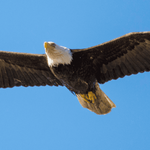On contemporary farms, the function of a sheepdog is equally as crucial as it has been for thousands of years.
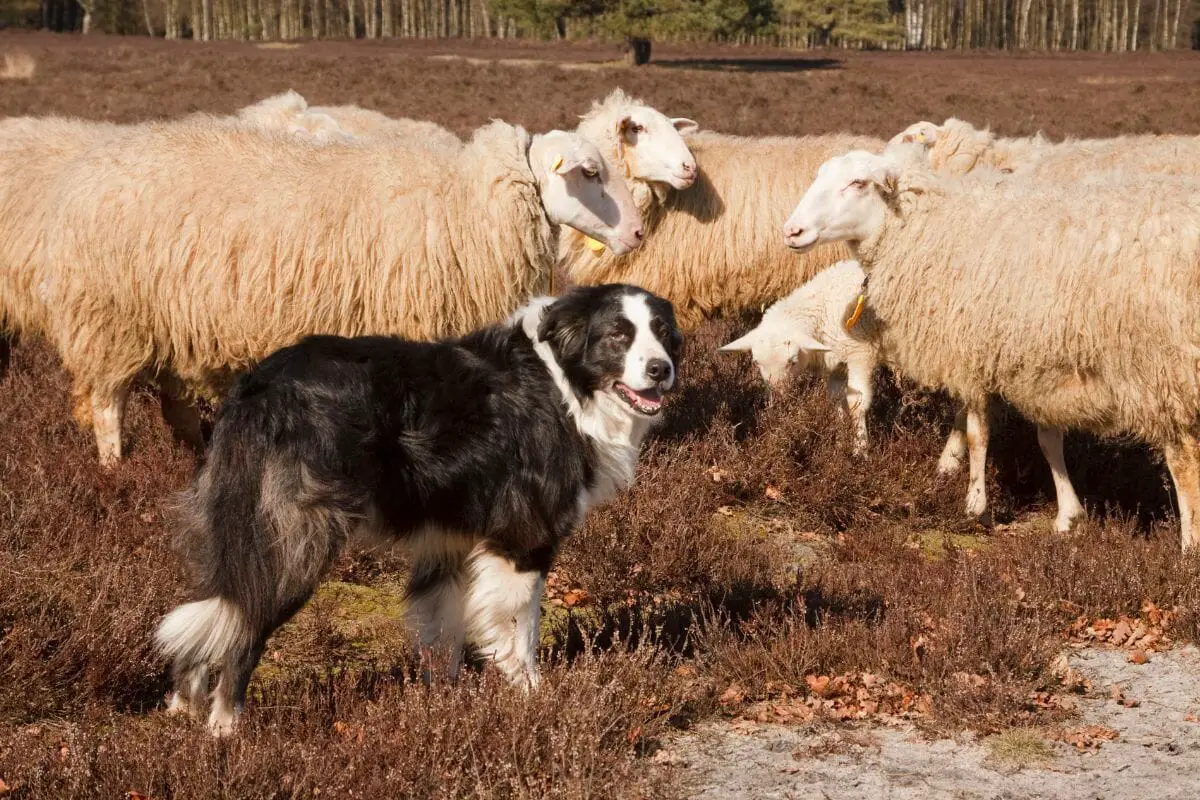
Around 9000 BC is the first documented evidence of sheep farming, and at that time, dogs were essential to the flock’s survival.
After the glaciers melted and woods took their place, sheep were first domesticated in Asia and Europe.
Humans started eating animals(see also: Animals That Eat Humans) like wild boar, stags, deer, and the forerunners of today’s sheep.
Dogs were used for hunting and as guard dogs in the early settlements as people started to build ties with them.
Here are some of the dog breeds that have played a huge part in helping us with our livestock, whether that be herding or guarding.
Border Collie

Border collies are intelligent dogs with a lot of energy and a desire to work hard.
The name comes from the borderlands of England, Scotland, and Wales, where they first demonstrated their value by working sheep in the hills and mountains.
Border collies are highly trainable and clever dogs who do best in a variety of canine sports such as agility, obedience, flyball, tracking, and flying disc events.
Border collies, despite being autonomous herders in the field, want affection and companionship and, like other dogs, should be treated as members of the family.
Bearded Collie

The bearded collie, one of the oldest herding breeds, is believed to be a descendant of certain Polish lowland sheepdogs brought to Scotland in the 1500s.
These dogs were bred with the indigenous herding dogs to create the British Isles’ herding dogs.
They excel in the majority of canine sports, including agility and herding, and they like working.
Bearded collies can develop certain negative behaviors if they do not get enough activity and care, just like other clever, energetic dogs can.
Old English Sheepdog

The Old English sheepdog, a big, active breed distinguished by its fluffy coat, is the first “shaggy dog.” The 1800s saw the birth of this relatively new breed in England.
They were employed by farmers as “drover dogs” to pull carts and wagons as well as drive cattle to markets.
Drover dogs are renowned for their tenacity, perseverance, and stability.
Daily strolls will keep them content, but for this exuberant breed, an additional outside play session is much preferable.
Old English sheepdogs like working and herding, therefore one of their favorite things to do is play fetch.
Australian Shepherd Dog
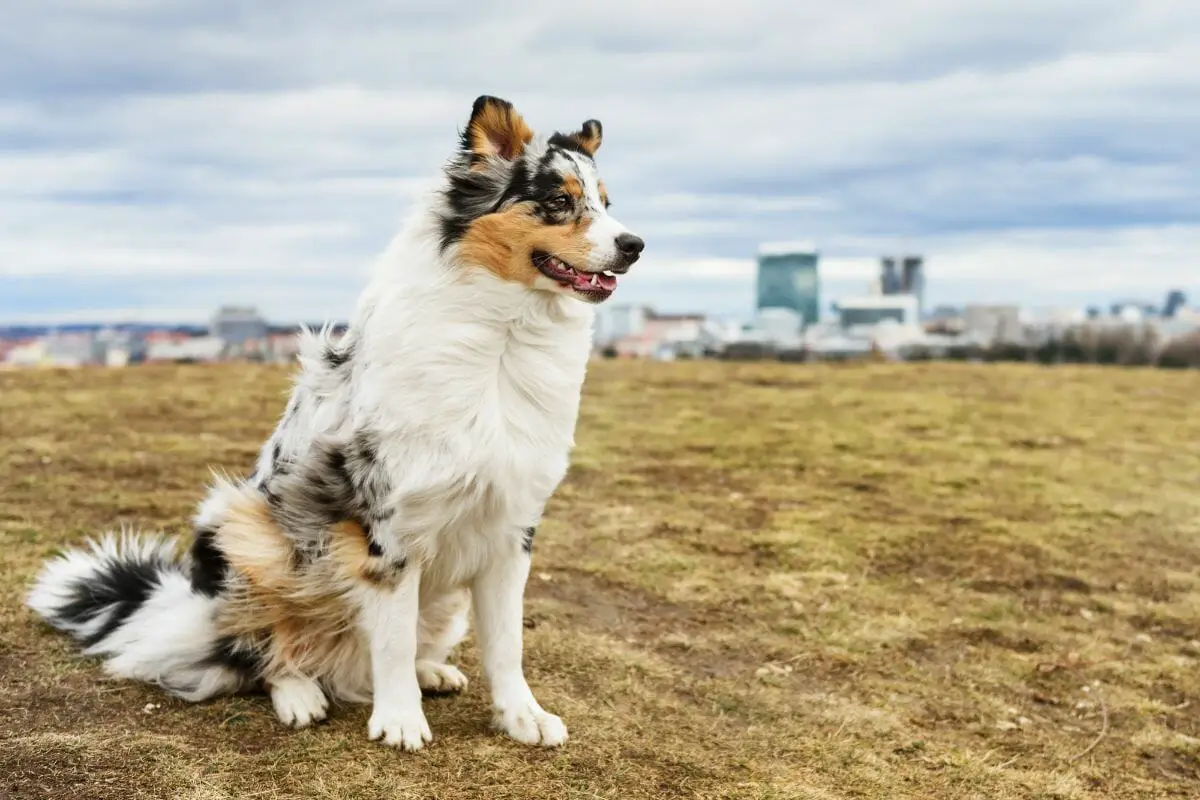
Despite their name, Australian Shepherd dogs were first domesticated in the western United States during the Gold Rush of the 1840s, not in Australia.
They were originally developed as labor dogs to herd animals.
Aussies are extremely protective of their families and territory in accordance with their herding tendencies, and they will let you know if a stranger approaches, but they are not thought of as aggressive.
They are energetic canines who require activity. They get dissatisfied when left alone and restricted and may even turn violent.
Australian Cattle Dog
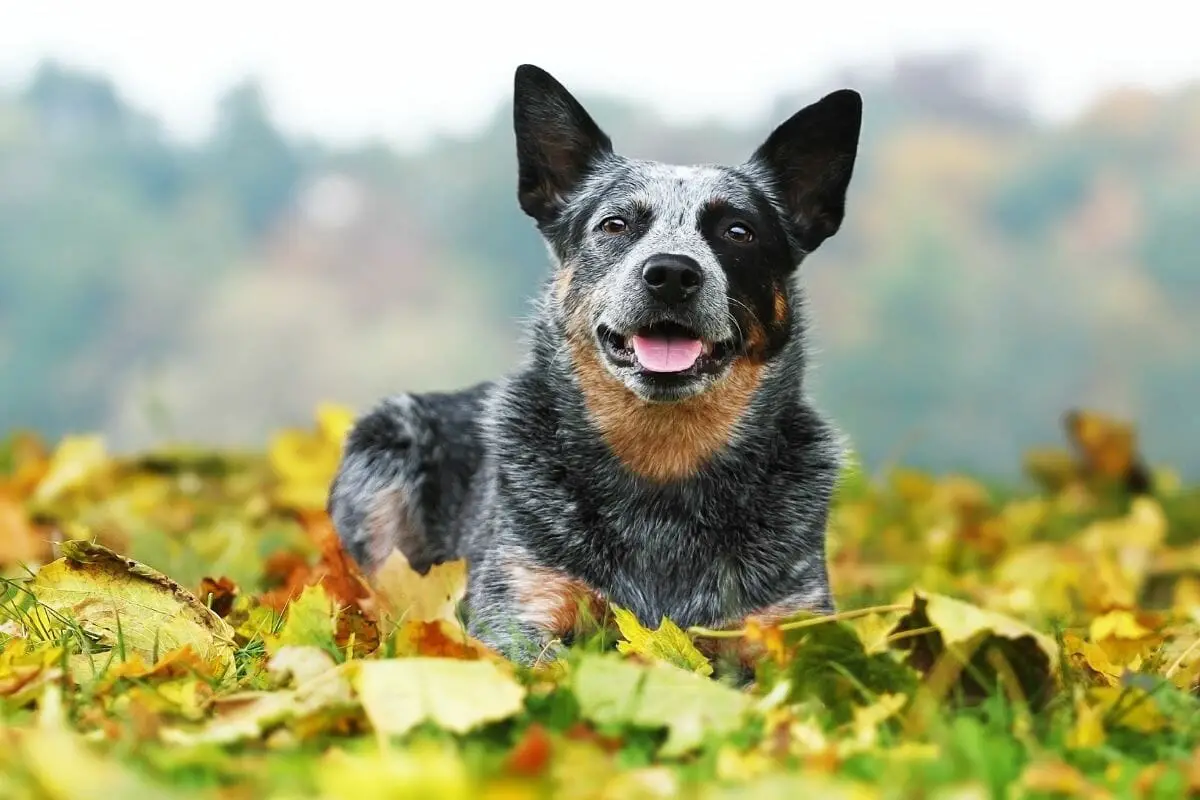
The Australian cattle dog, sometimes referred to as the blue or red heeler, is a hardy, medium-sized herding dog that was created in Australia.
It has a solid double layer made up of a long, weatherproof outerwear and a thick undercoat.
They were originally raised to serve on farms as herders and are bright, obedient, and hardworking.
To be happy, they require a lot of physical activity and mental challenge.
Additionally, Australian cattle dogs might exhibit overly aggressive defensive instincts and do not always get along well with other amazing animals.
Blue Lacy

The Blue Lacy, also known as the Lacy Dog, is a lively, smart, and trainable breed that enjoys having a task to do and lots of room to run around.
They were created in the 1800s to aid with ranch labor, hunting, and herding in Texas.
The blue lacy is a medium-sized animal (see also: Beautifully Blue Animals)with a lean, muscular, yet balanced body. The proper lacy movement suggests considerable power, quickness, and dexterity.
It has a short, sleek coat. The unusual orange to yellow tint of all blue lacys’ eyes provides a special touch to their look.
Mallinois Dog
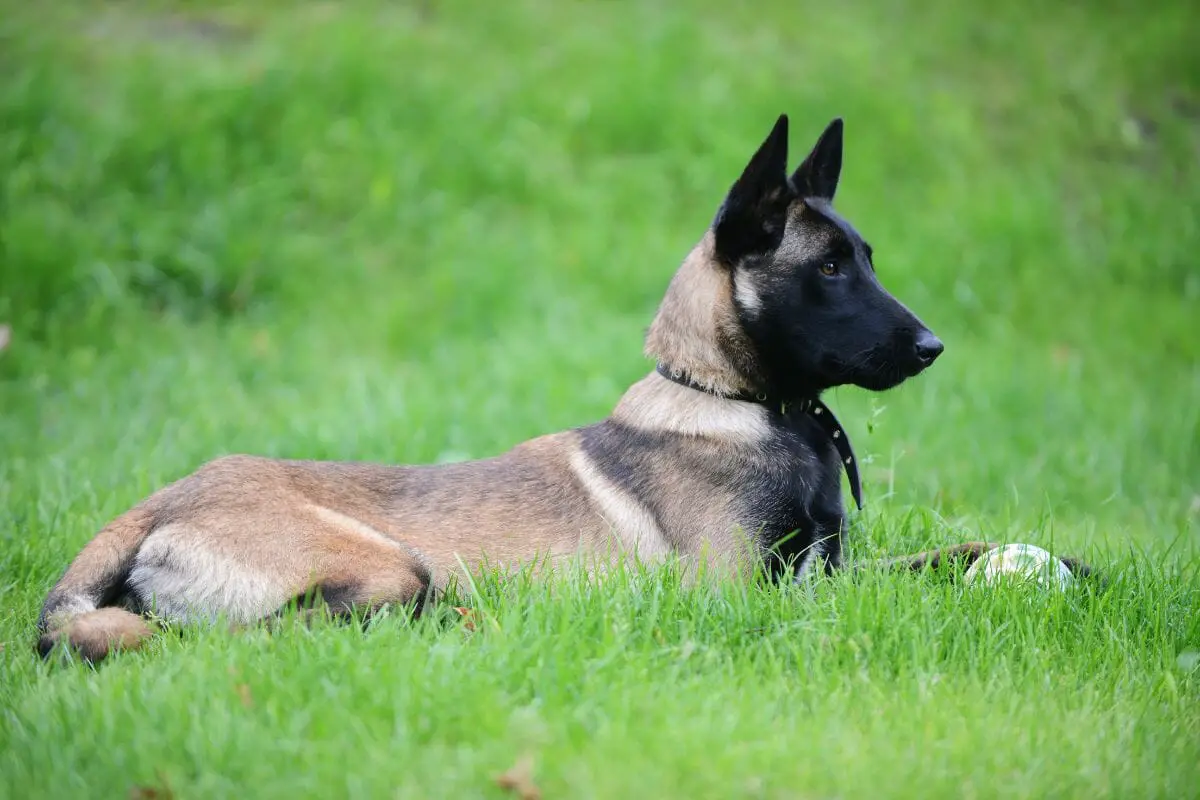
Belgian Malinois history dates back to the 1880s, when these canines, together with German, French, and Dutch shepherds, were known as continental shepherd dogs.
This breed needs an experienced owner who is committed to training not just as a pastime but as a way of life. It is loving, devoted, yet intense.
This is not normally a restful companion dog for most people, requiring two hours or more of daily activity, plus training and cerebral stimulation in the shape of some type of work or sport.
Groenendael

These kinds of sheepdogs have been around since the Middle Ages in Belgium.
By the First World War, dogs were being deployed as sentries and couriers and had developed a devoted fan base in addition to becoming increasingly well-liked as pets.
They are referred to as Belgian Sheepdogs in the United States.
The breed has demonstrated its flexibility as a service dog, being widely utilized by the police and military services.
Their physical characteristics enable them to make good herding dogs: they are nimble, swift, and light in build yet sturdy.
They are very clever, vigilant, watchful, and workaholics.
Briard

Briards were utilized by the military as sentries, ammo bearers, couriers, and medic dogs during World War I. They were bred as guard and herding dogs to protect flocks and ward off predators.
The long, shaggy coat of the briard conceals a brave heart and astute mind. True to their French heritage, they can be distant with outsiders yet devoted and caring with other pack members.
To keep them from wandering, they must be housed in a sizable fenced-in backyard.
Anatolian Shepherd Dog
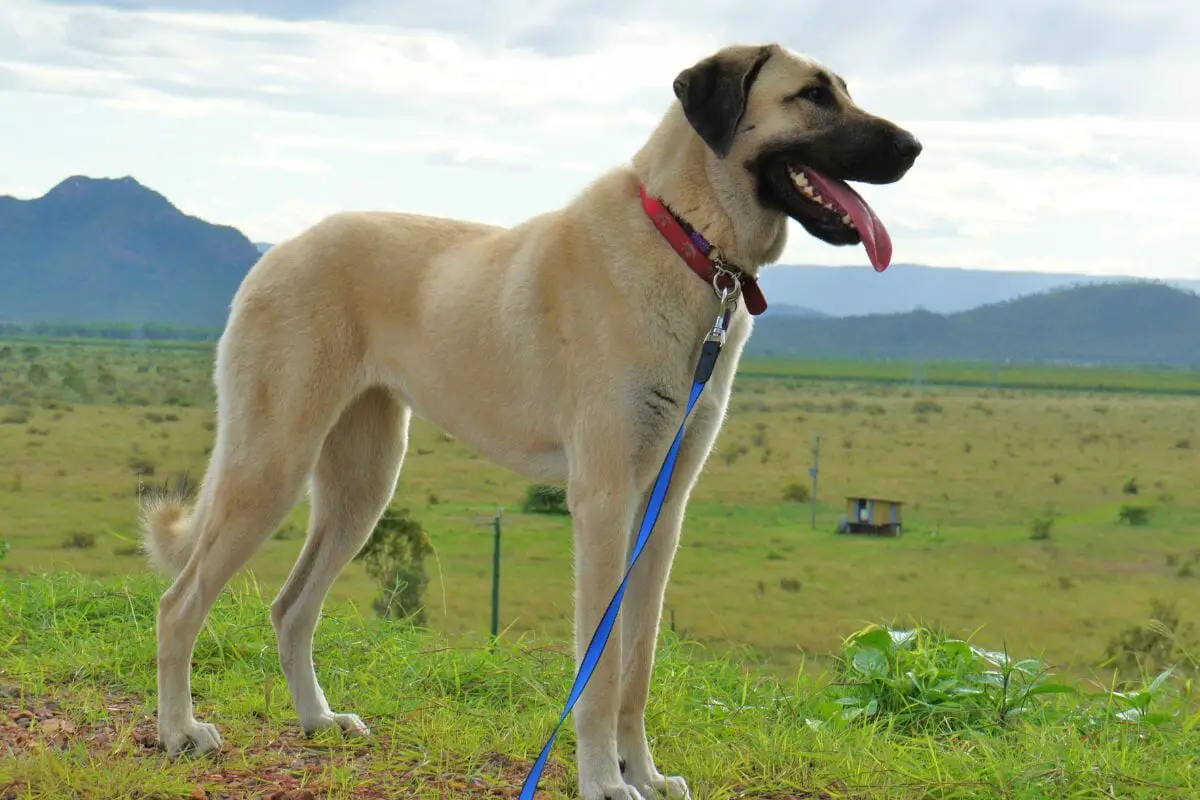
Turkish breeders developed the Anatolian Shepherd Dog as a livestock protector and companion for shepherds.
In extremely hot summers and icy winters, they frequently spend the whole year outside.
The breed was created with the physical attributes necessary to tolerate the outdoors; as a result, he is sturdy, nimble, and devoted to his owner.
He is also naturally independent and leery of strangers.
As a breed bred to protect a flock, the Anatolian is expected to think independently and act on their own initiative rather than following a shepherd’s lead.
In a pet home, this can make them difficult to live with and necessitate extremely cautious control.
Summary
These dogs are incredible at their jobs as they have been bred over thousands of years to carry out their tasks to the best of their abilities.
They are intelligent, active, loyal, and brave – but with this in mind, they are not suitable for those who are not physically active and are not willing to give them fulfilling work to do.
Moreover, Exploring more about different dogs, such as various types of chihuahuas, types of huskies, and other breeds, can further illuminate the diverse characteristics and requirements of these fascinating canine companions.








